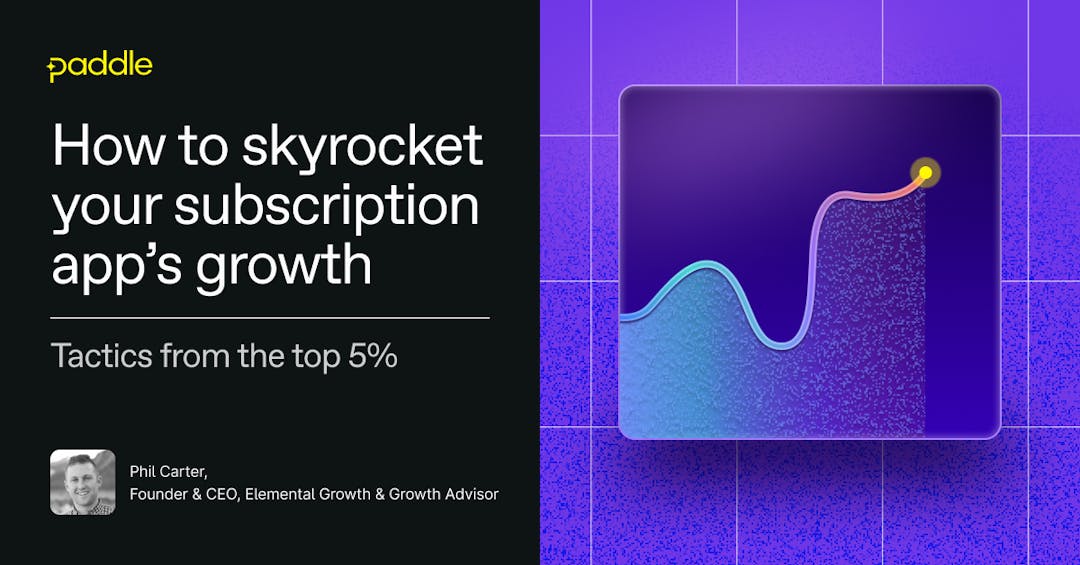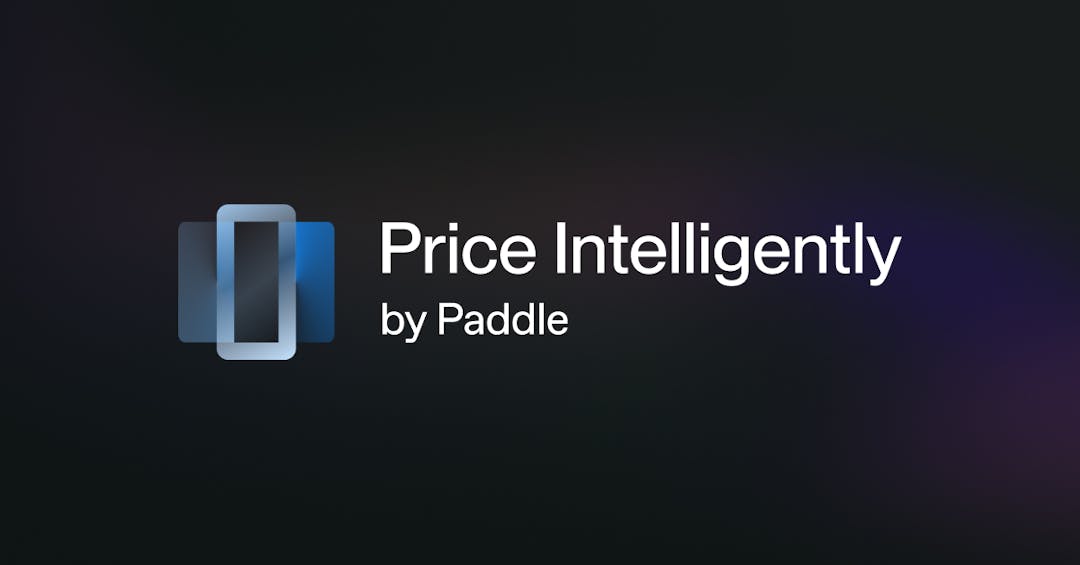We spoke to VC investors to understand the most highly valued criteria they look for when evaluating a business. Here's are the five pillars of VC investment
The COVID-19 pandemic brought massive growth to the SaaS industry, as companies were compelled to move online. Now, SaaS has become the ‘new normal’, with a market that’s expected to grow 20% year on year by the end of 2021.
It’s estimated that by the end of 2021, 99% of organizations will use one or more SaaS products.
So, the future looks bright for SaaS businesses, but that also means the competition is getting more and more fierce. To survive, new businesses need to be well funded. Seeking venture capital funding is a crucial step in the life of SaaS businesses. To convince potential investors to fund your venture, you'll need to prove both its growth potential and its commercial viability.
But how exactly?
This process can admittedly feel a bit mysterious and overwhelming for early-stage SaaS founders. But we’re here to demystify it for you.
We recently heard from venture capital investors to understand exactly what they're looking for. They gave us some key insights, including the 5 pillars VCs consider when evaluating a potential deal. In this article, we’ll take you through each one to help you get your SaaS business ready to successfully attract investment.
The 5 pillars of investment
So, what are the five pillars of investment? They’re the most highly valued criteria that VC investors look for when evaluating a business. Overall, investors want to be impressed by a unique offering with an innovative angle. VC investors hear new pitches every day, with a lot of repetitions along the way, so they’re hungry for the original and innovative. What’s more, they want to learn from you.
Team
A good team is the most important of the five pillars, according to the VC investors we spoke to.
Teams need to be highly driven and with the ambition to build a significant global business. Not only that, but they need determination; the willingness to "break walls" to reach their goals. 👊
Investors will also be looking to see that your team has the requisite skills to meet your ambitions.
They will probably ask questions like:
- What is your team’s relevant domain experience?
- Why is your team uniquely capable of reaching your business goals?
- What key additions to the team might be needed in the short term?
- What are your plans for scaling the team over time?
Skills and determination aside, investors also look for teams that they would genuinely enjoy working with, as well as leaders who are willing to listen to advice.
Market
It's all very well having a great team, but you do also need the right market to deploy it in.
VC investors want to see that you’re aiming at a huge global market, preferably in the multi-billions. They want to know how big the market actually is, and the proportion of it that you plan to capture.
Large markets are what make your business attractive to investors. Don’t forget, they need to provide a return to their own investors - the ones they raise money from in the first place.
That sort of ROI typically looks like a three to five times return in the Series A or B rounds, which might mean reaching an eight or ten times return in the seed rounds. It's very difficult to achieve this in smaller markets.
If you’re focused on a market where that sort of return just isn't possible, then your business won't be as attractive to potential investors. That doesn't mean you can't build a great business with a smaller market, but just that venture capital probably won't be the right fit to fund it.
Product
Investors also highlight the product itself as another of the five pillars. To start with, the product needs to be unique and differentiated. Be ready to articulate clearly why that's the case.
They’ll want to know about the key features that make your product unique, along with any new features you plan to add in the future, and why your target audience should care about your product or service. You might also get asked to highlight the key milestones in product development.
If your business revolves around a technology product, investors will want to understand how your tech has a competitive advantage over what’s already out there in the market, how much it’s going to cost to build, and how easy it will be to replicate.
Importantly, delivering a great user experience has become equally key in today’s B2B software as it’s always been in B2C . That means your product needs to be easy to use, with an attractive, streamlined, and intuitive interface.
On top of that, it’s becoming increasingly common for VC investors, such as Notion Capital, to favor SaaS companies that rely on product-led growth instead of sales or marketing-led growth. The product-led growth model drives customer acquisition through the product itself. Zoom and Pipedrive are just two examples of PLG businesses.
In cases like those, customers get immediate value from the product without having to set up huge integrations. All they need to do is sign up with a credit card and the process snowballs from that point onwards. Once the user starts sharing and collaborating, their engagement with the product and subsequent spend on it are likely to increase in tandem.
Traction
The SaaS industry commonly views traction from a revenue perspective. But VC investors are also interested in other factors that, put together, provide a clear picture of how you’ve achieved early traction in your business. They want to know the main reasons for the traction, plus how to accelerate it and scale. 📈
What kind of reasons are we talking about?
Well, one reason for traction might be having users who are highly engaged with your product. Although that doesn't necessarily spell high revenue, seeing a high level of commitment from users is still a significant plus factor for investors.
Customer testimonials can also be helpful for demonstrating traction, and so can establishing strategic partnerships and creating a beta version of your product. If your company has received any good press coverage, that’s another good thing to mention in your presentation.
Deal Fit
In the final pillar, known as deal fit, potential investors assess whether your business is the right fit for the investment. Typically, they consider the fit between three key areas:
- Your background as an entrepreneur
- The product you’re building
- The market you’re operating in
Having expertise in your domain allows you to easily identify pain points and solve them more effectively. Founders tend to create companies that relate to areas of their previous careers and life experiences.
You can achieve a better deal fit by arming yourself with a deep understanding of your target market and being ready to tell a clear story of how your particular skills and background have equipped you to tackle this particular business venture.
Ready to make that pitch? Make sure your due diligence is dialed in with our handy checklist.








